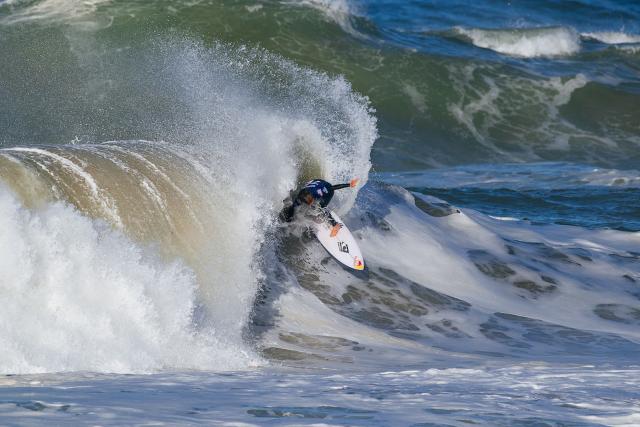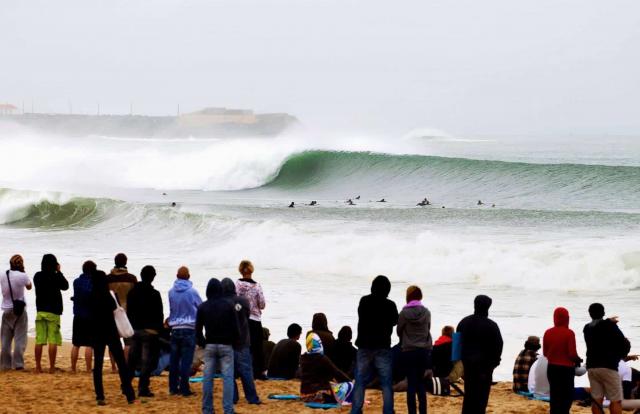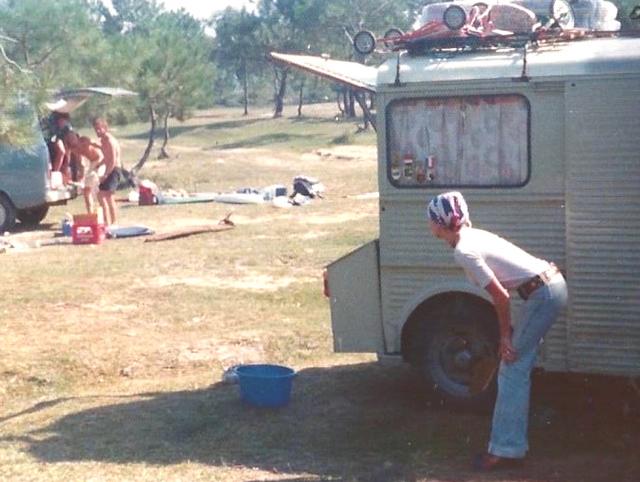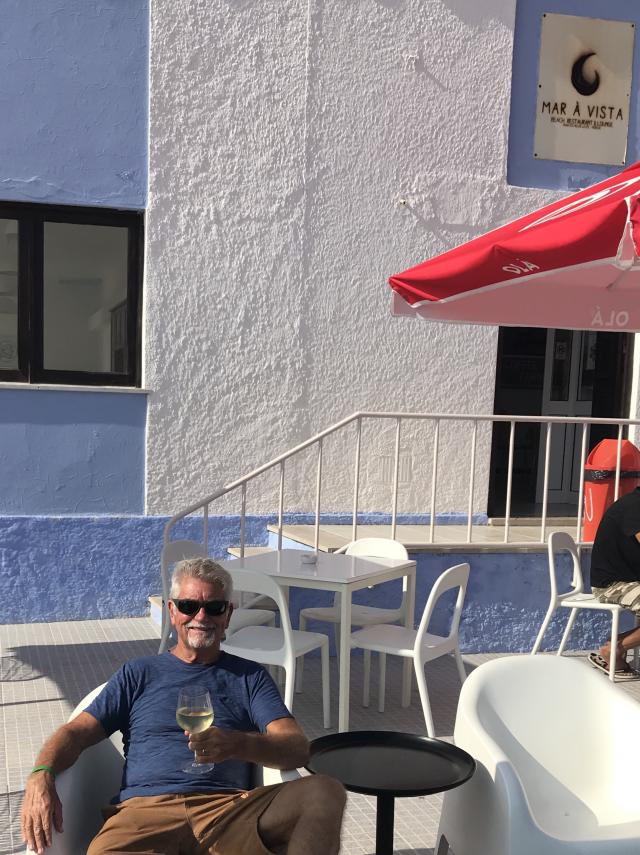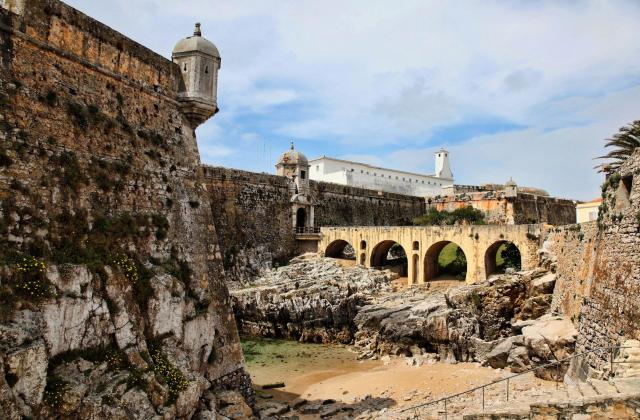Even though I’ve had a love affair with Portugal for half a century, with the old fishing port of Peniche at its centre, I never usually enjoy watching the World Surf League tour event, the Peniche Pro, held at the wild beast of a wave now called Praia dos Supertubos, but which we knew as Sardine Factory back in the autumn of 1973.
Since its inception a dozen years ago as a Rip Curl Search one-off event, Supertubos has pulled itself together and delivered the goods on a few occasions – notably the year Julian Wilson took down Gabe Medina to win his first tour event in throaty, sandy barrels – but mostly it’s been a dour affair contested in onshore mushburgers and only tolerated for so long because of the uber-enthusiasm of the mayor of Peniche and the cash injection of the Portuguese tourism authorities, who realised some time ago that surf tourism would repay every Euro they put into it.
Earliet this month Peniche went next level, producing some truly exciting moments even when the surf was a washing machine of mixed swells mutating over the shallow sand bank, and then when it cleaned up and got even bigger, well, the old Sardine Factory was every inch a world tour venue. I stayed up late and watched almost every heat live, and despite some disappointments for the Australian camp – only Jack Robinson really delivered to his potential, retaining the yellow jersey – winners Joao Chianca and Caitlyn Simmers thoroughly deserved to finish on top.
The Brazilian Chianca has world champ written all over him, but hopefully not in the year of Our Jack. California Caity is sweet, silly and just 17, and man can she surf! She’s going to be spending so much time on the podium over the next decade they might want to think about a voice coach, but other than that, she’s perfect.
But none of this was what really kept me up all nights of the event. What sucked me in was the overall excitement generated by truly challenging surf, and the wonderful drone shots down the beach and over the harbour, the old town and the ancient fortress, that heralded every ad break. Not only was I watching a great surf comp, I was being taken on the best ride down memory lane that any ancient surf dog could wish for.
One night in a pub called The Sailor’s Arms in Newquay, Cornwall, in August 1973, my travel buddy and I shared a bowl of chips and a couple of pints with an Aussie couple in a Bedford camper who were leaving the next day for the dream surf trip down the Atlantic coast through, France, Spain and Portugal, and then across to Morocco.
They were looking for passengers to help pay the exorbitant fuel costs occasioned by the Arab oil crisis. I said: “Could you wait one day? We have to quit our jobs (we both had work and board as handymen at different guesthouses) and buy a tent.”
That was the beginning of an incredible adventure that got us to Peniche in mid-September, where we discovered the hippie/surfer free camp at the rock wall past the harbour at the edge of town. It’s called Praia do Mohle Leste now, but back then if it had a name we didn’t know it. If anyone asked us where we lived we said Madame Sirly, which was the name of the little bar at the foot of the rock wall, where we spent a lot of our non-surf hours, eating grilled sardines straight off the boats, drinking cheap Quinta Tinto out of plastic bottles and playing table-top soccer.
In the coming decades Peniche would become an epicentre of surfing in Europe, but back then we were pioneers, pushing away giant rats that invaded our crappy little tent every night, and surfing the user-friendly rollers in the corner of the rock wall on blustery days, driving back across town to Baleal’s several classy breaks when the wind turned south, and when the only surf to be found was in the middle of the Peniche bay, hiking up the beach to what is now Supertubos, and often getting flogged by the unpredictable swells that reared up like wild horses. Conditions were best when the wind blew straight offshore, but that was also when the stench of the sardine factory was most intense, and the outflow into the break was blood red.
I loved our season there, but Peniche was a weird place. Portugal was engaged in two colonial wars in Africa at the time, and the death toll meant villages like Peniche were devoid of young men. Regardless of age, the women wore mourning black, and seeing us young and free in the marketplace, the older ones would sometimes spit at us.
But we also built a network of friends, from camp-mates like Kiwis Russell and Marija to Madame Sirly and her sardine suppliers who, when we started running out of money, would throw a free bag of them at our campfire grill and join us for a plastic tinto or three.
A few months after we left Peniche with the onset of winter and hitched back to London, the anti-fascist Carnation Revolution erupted and changed Portugal forever, closing its colonial era in a sequence of events that would draw me back in a couple of decades later in Timor Leste. The old fortress we used to walk by on our way into the old town, which had housed so many revolutionaries over centuries, recently became the National Museum of Revolution and Freedom, and I hope to visit it this year.
We’ve been back to Portugal and Peniche many times over the decades, and of course it’s changed. But it remains a place of the heart and I can’t wait to return.


